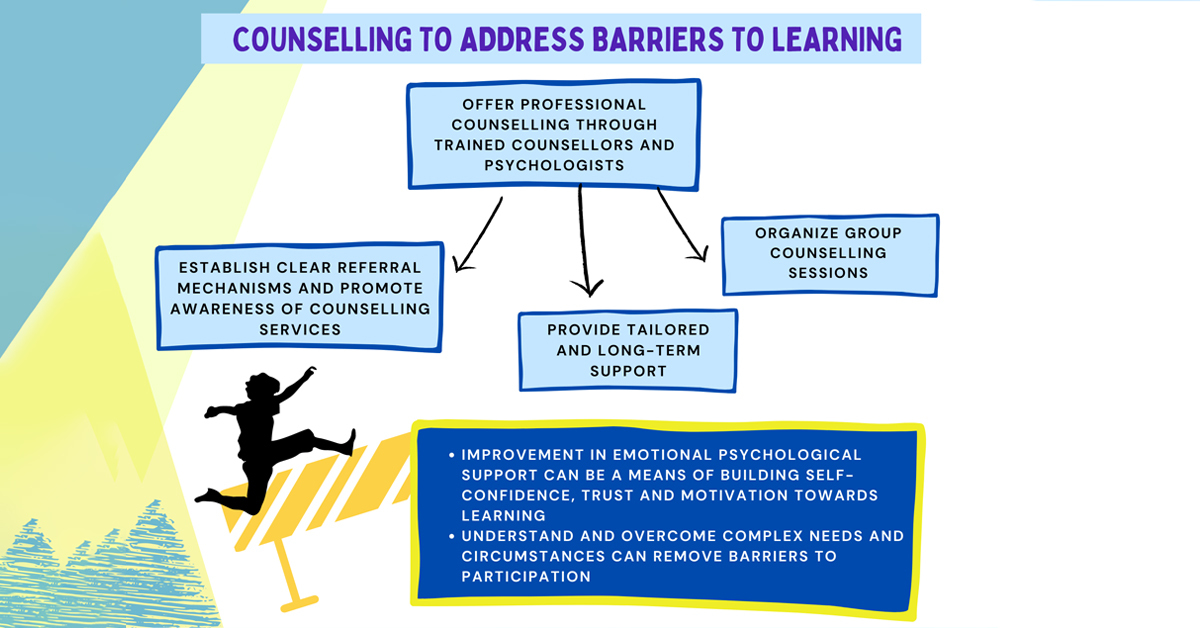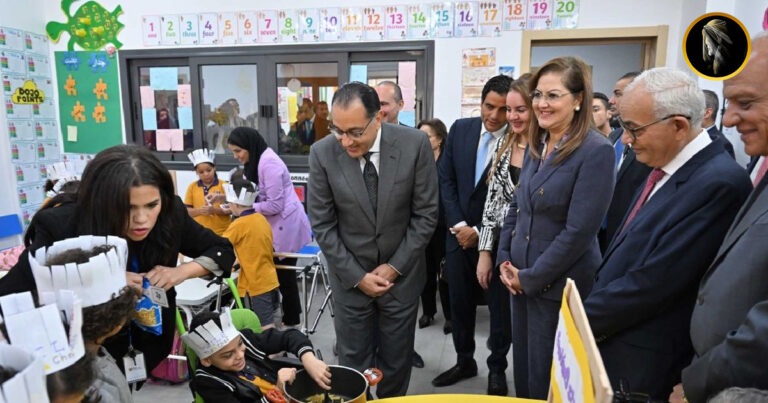Addressing Learning Challenges: Resources and Support
Many students encounter challenges as they navigate the highs and lows of their academic journey. While learning difficulties are significant, they are by no means insurmountable obstacles. With the right tools and a strong support network in place, students can conquer these challenges and thrive in their studies. In this comprehensive guide, we will explore a variety of strategies, methods, and resources to address learning difficulties head-on and provide students with the assistance they need to excel in the classroom.
Recognizing the Diverse Range of Learning Challenges:
Learning difficulties can hinder students from absorbing information and acquiring essential skills. These challenges encompass:
Learning Disabilities:
Conditions such as dyslexia, ADHD, and autism can profoundly impact a student’s ability to read, write, focus, or process information.
Executive Functioning Issues:
These difficulties include challenges with planning, time management, and organizational skills.
Language and Speech Disorders:
These conditions can make it challenging for a student to express themselves and comprehend spoken or written words.
Maths Disorders:
These difficulties can impede a student’s progress in various subjects because understanding and applying mathematical concepts can be challenging.
Sensory Processing Disorders:
These conditions affect how students process and respond to sensory information, including sight, sound, touch, and taste.
Strategies to Tackle Learning Difficulties
Effectively addressing learning difficulties commences with the recognition of these challenges and the implementation of strategies known to make a substantial impact. Here are some key strategies that can be transformative:
Early Identification:
The timely recognition of learning difficulties is of paramount importance. The sooner these challenges are identified, the more swiftly appropriate interventions can be put into action.
Individualised Education Plans (IEPs):
IEPs are tailor-made plans devised for students grappling with learning disabilities. They meticulously outline specific accommodations, objectives, and support services, all intended to facilitate a student’s success.
Specialized Instruction:
Specialized instruction, provided by trained professionals, zeroes in on particular areas of difficulty, delivering personalized support.
Assistive Technology:
Leveraging technology tools and software can significantly aid students in reading, writing, organization, and communication.
Tutoring and Academic Support:
Many students derive substantial benefits from one-on-one tutoring or academic support programs tailored to address their unique requirements.
Resources for Academic Success
A vast array of resources stands ready to bolster students in their academic journeys. These resources possess the potential to make a considerable difference when it comes to confronting learning challenges:
Learning Support Programs:
Schools frequently offer learning support programs that extend additional instruction and assistance to students contending with learning difficulties.
Workshops and courses:
Effective study methods, scheduling, and organization are offered at institutions to teach students these skills.
Academic accommodations :
are something that educational institutions can do, like extending exam times, providing note-taking help, and presenting instructional content in alternative formats.
Educational therapists:
are experts who focus on assisting students with learning difficulties in developing the skills necessary for academic success.
Language and speech therapists:
These experts can be of great assistance to pupils who are having communication difficulties.
Getting Past Learning Obstacles:
Learning difficulties must be successfully overcome with tenacity and cooperation from students, teachers, parents, or other caregivers. Listed below are some additional success tips:
Empowerment of Self-advocacy
Giving students the means to advocate for their particular educational needs is crucial. Giving them the ability to communicate effectively with instructors and support staff gives them a sense of control.
Parental Participation:
Parents and other primary caregivers play a crucial role in supporting their children’s needs and fostering a loving environment at home that encourages learning.
Increasing Self-Esteem:
Students with learning difficulties can have much higher self-esteem and motivation if their accomplishments and strengths are acknowledged and celebrated.
Taking a Holistic Approach:
When addressing learning difficulties, it’s crucial to consider the student’s overall well-being, including their social and emotional needs.
Consistent Support:
Achieving long-term success necessitates maintaining consistency in both support and intervention. Frequent monitoring and adjustments to strategies are often vital.
Conclusion:
We should never perceive learning difficulties as insurmountable barriers or as determinants of a student’s potential for success. By providing the right resources and establishing a robust support system, we can help students overcome these challenges and attain academic excellence. Early in their academic journey, students benefit from early identification, tailored strategies, expert guidance, and access to a wide range of resources. By nurturing a connected and supportive environment, we can empower students with learning disabilities to realize their full potential and excel academically.
FAQs
Q1: What exactly is climate change, and why is it a cause for concern?
A1: Climate change refers to the long-term shifts in global weather patterns and temperature. It’s a significant concern due to its association with rising temperatures, extreme weather events, and the substantial threats it poses to both ecosystems and human societies.
Q2: How can I enhance cybersecurity for my home?
A2: Boosting cybersecurity at home involves routine tasks such as keeping software up to date, using strong and unique passwords, enabling two-factor authentication, and exercising caution when dealing with emails and links.
Q3: Could you explain the difference between viruses and bacteria?
A3r: Certainly, viruses are considerably smaller than bacteria and are incapable of independent survival or reproduction. They depend on host cells to replicate. In contrast, bacteria are single-celled organisms with the ability to grow and reproduce independently.
Q4: What are the mental health benefits of regular exercise?
A4: Engaging in regular physical activity can have positive effects on mental health, including stress reduction, mood improvement, enhanced cognitive function, and a decreased risk of mental health conditions such as depression and anxiety.
Q5: How can I initiate effective budgeting and financial management?
A5: To start managing your finances effectively, you can begin by tracking your income and expenses, establishing clear financial goals, creating a budget tailored to your needs, and sticking to it. Additionally, you might explore budgeting apps or seek advice from a financial advisor for further assistance.
Q6: What are the primary sources of air pollution in urban areas?
A6r: Urban air pollution primarily stems from emissions produced by vehicles, industrial processes, and the combustion of fossil fuels. These emissions release pollutants like particulate matter, nitrogen oxides, and volatile organic compounds into the urban atmosphere.
Q7: How can I minimize my carbon footprint and lead a more sustainable lifestyle?
A7: You can reduce your carbon footprint and live sustainably by adopting practices such as using energy-efficient appliances, minimizing water wastage, opting for public transportation or carpooling, consuming locally sourced foods, and actively participating in the three Rs: reduce, reuse, and recycle.









